Description
HERB CHAMOMILE MATRICARIA RECUITA GERMAN
HERB CHAMOMILE MATRICARIA RECUITA GERMAN often referred to as German Chamomile is a pleasantly sweet scented native annual herb with small, white, highly aromatic, Daisy-like flowers. These are traditional dried and have been used in numerous treatments from toothache to hemorrhoids for centuries. They are also used in flavouring such things as the liqueur Benedictine and for enhancing fruit flavours. Unlike its similar (Roman) cousin this is a taller plant reaching 24-30? with fern-like light green and feathery whereas Roman chamomile has finely divided parsley-like leaves that are thicker and flatter than German chamomile. German chamomile does well in poor, clay soil whereas its close cousin, the Roman chamomile prefers well-drained and moderately fertile soil. Although both chamomiles thrive in open, sunny locations, German chamomile is best in hot, drier locations . It will also grow in lightly-shaded areas.
Cultivation Advice
- German Chamomile thrives in well-draining, slightly acidic to neutral soil. Sow seeds directly in the garden or in containers, pressing them lightly into the soil’s surface.
- Chamomile prefers full sun but can tolerate partial shade. Ensure the plants receive at least 6 hours of sunlight daily for optimal growth.
- Keep the soil consistently moist, especially during the germination period. Once established, chamomile is relatively drought-tolerant.
- Chamomile seeds typically germinate within 7-14 days. Keep the soil consistently moist during this period to aid germination.
- Space chamomile plants about 6 to 12 inches apart to allow for their spreading growth habit.
- Apply a thin layer of organic mulch around chamomile plants to help retain moisture, suppress weeds, and regulate soil temperature.
- Chamomile is known for its companion planting benefits, especially enhancing the flavor of nearby herbs and deterring certain pests.
- Pinch back chamomile plants regularly to encourage bushier growth and to prevent them from becoming too leggy.
- Harvest chamomile flowers when they are fully open. To dry chamomile, cut the flowers, tie them in small bunches, and hang them upside down in a cool, dark place.
- German Chamomile is prized for its medicinal properties and is commonly used to make soothing herbal teas. The flowers can also be used in bath sachets or as a gentle addition to potpourris.
- Chamomile is known for self-seeding. Allow some flowers to go to seed if you want the plant to naturalize and return each year.
- Chamomile is an annual or short-lived perennial. Save some seeds for replanting the following year. Mulch around the base of the plant in late fall to protect it during winter.



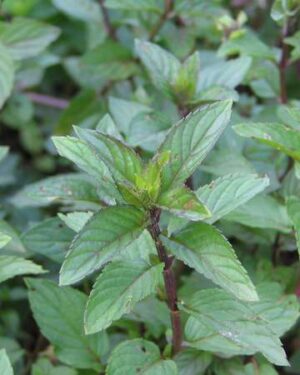
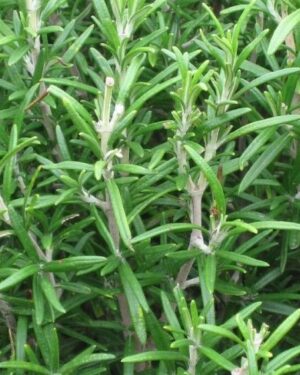
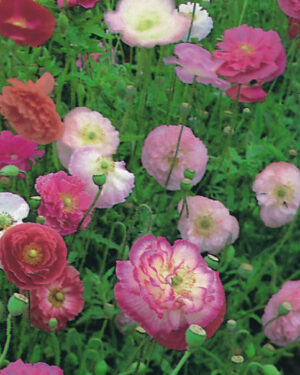
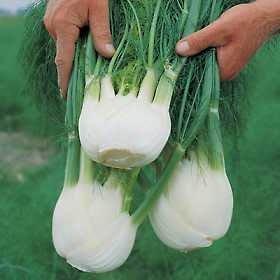
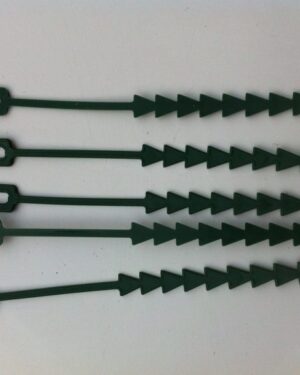

Reviews
There are no reviews yet.